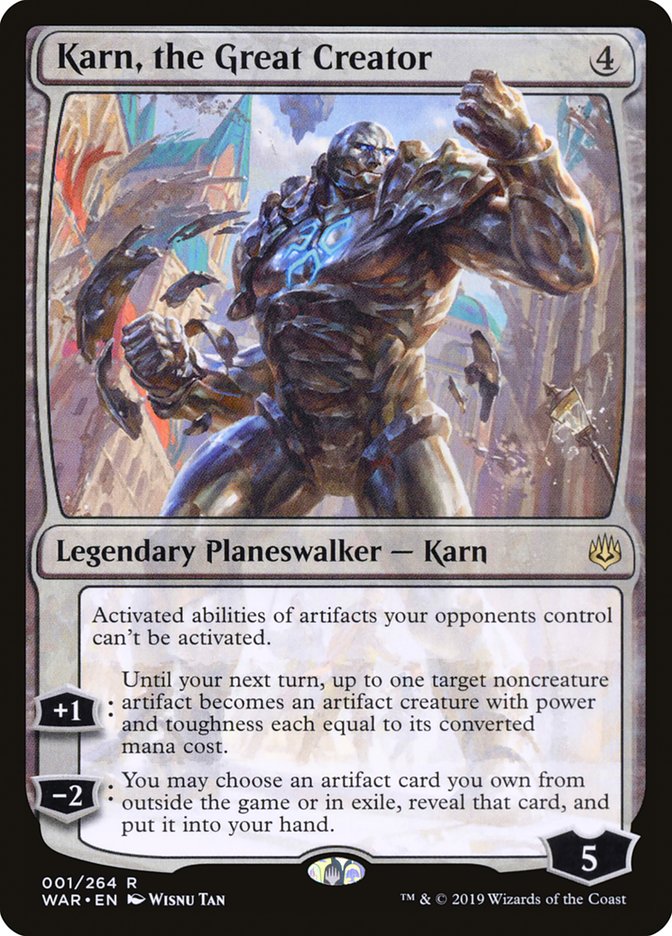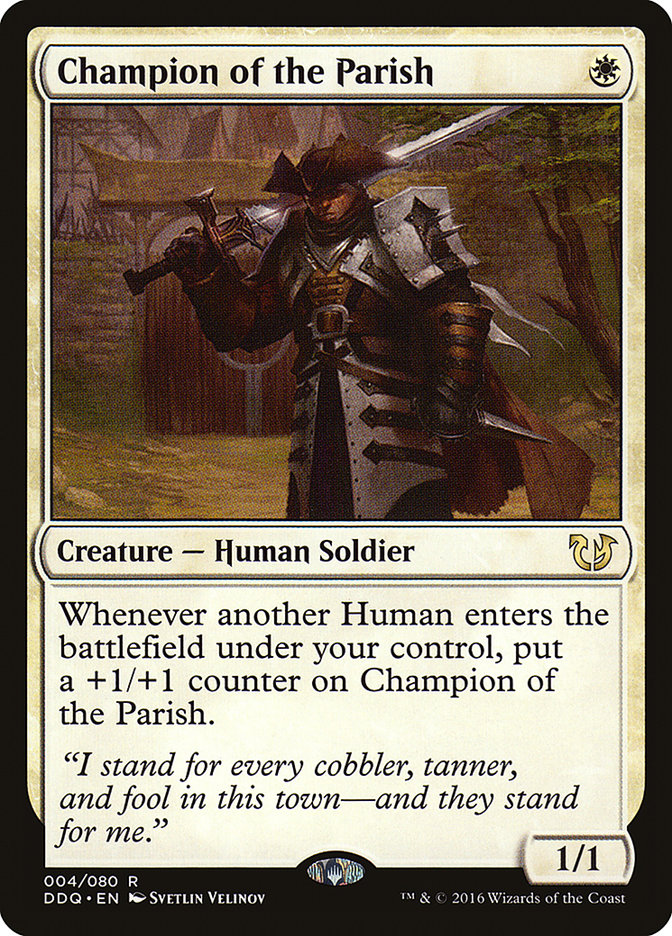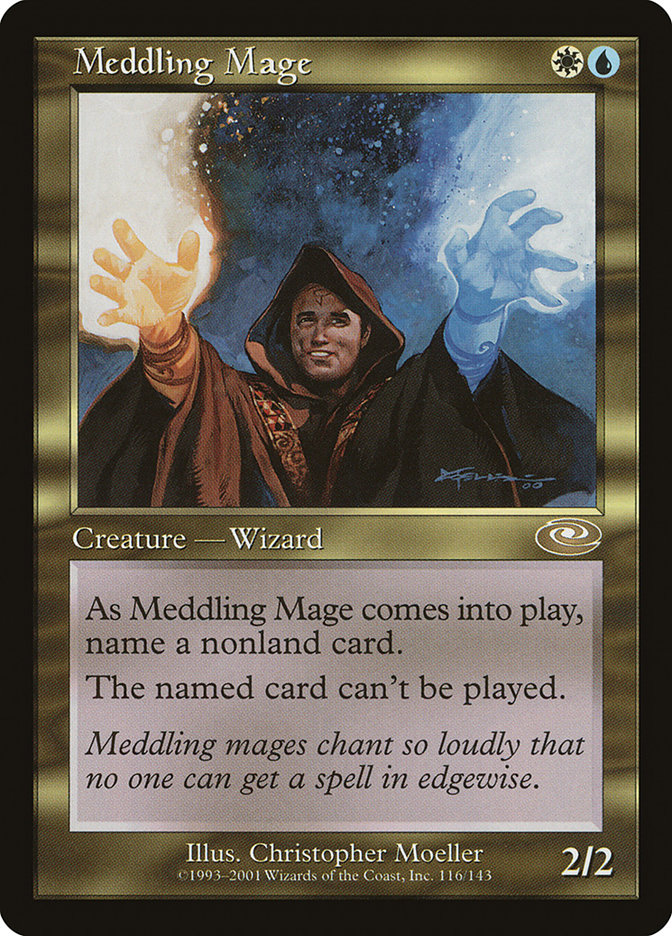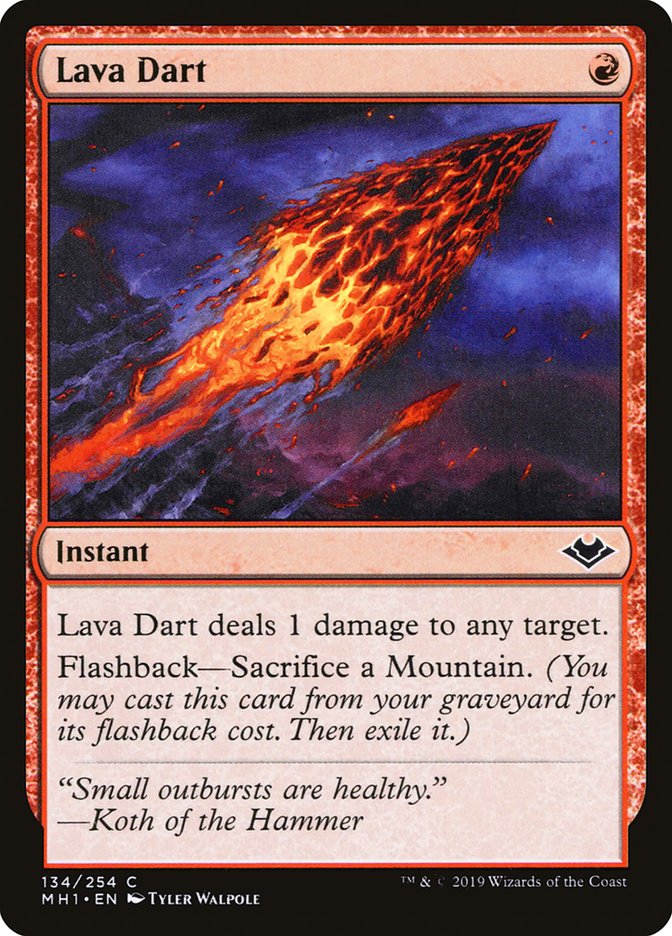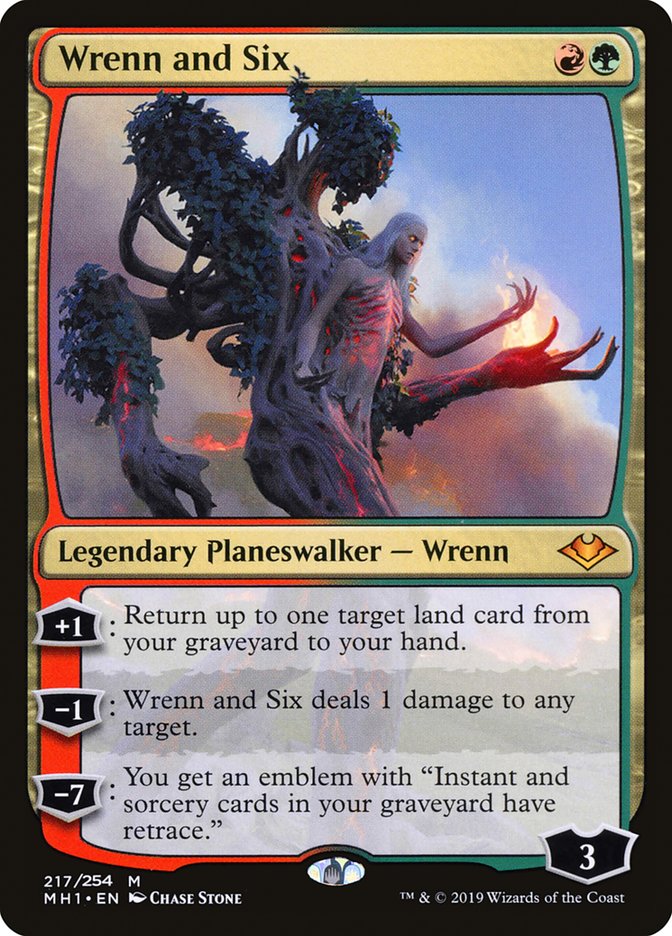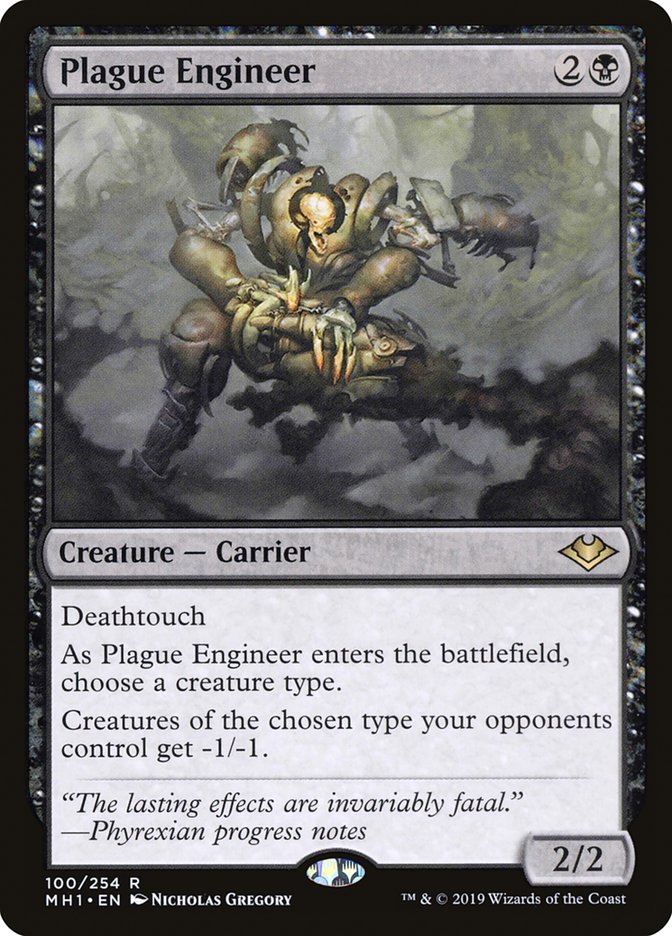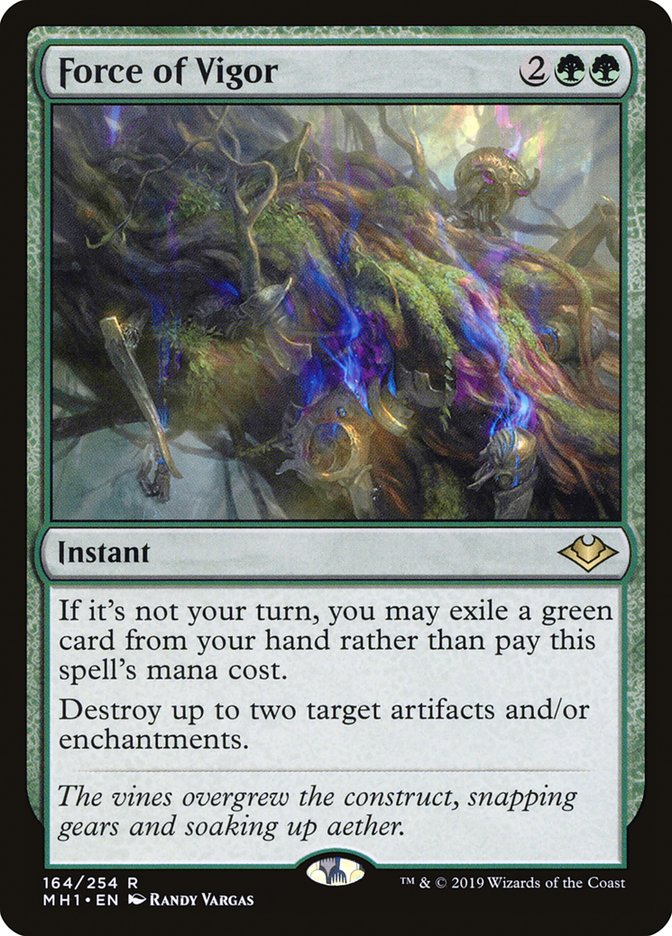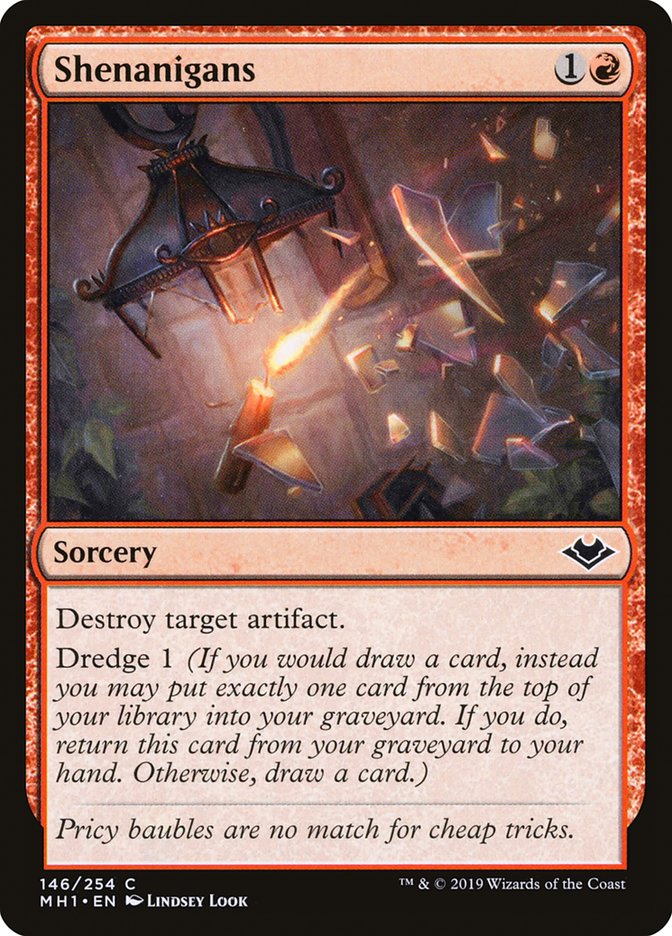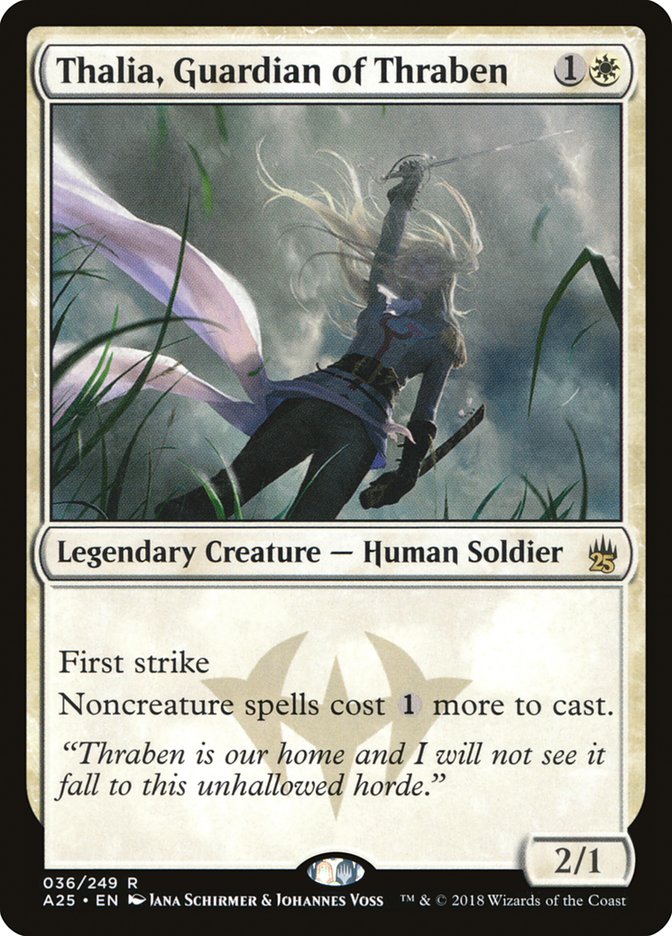There are about 72 hours until the decklist submission deadline for Mythic Championship IV. I’ve tested dozens of decks, and there are great reasons to play and not play each of them.
For the top dozen or so decks, this is here is to help you waffle through your decision making for SCG Columbus next weekend. I’ve loosely sorted these from least to most linear, so if you are a true Neobrand fanatic, you can wait all the way until the end.
Izzet Phoenix
Creatures (8)
Lands (18)
Spells (34)

Why You Should Play Izzet Phoenix
If you’ve played a bunch of Izzet Phoenix, there isn’t a big reason for you to stop. The deck is still just good. People still lose to cantrips, or Thing in the Ice, or Lightning Bolt, or just Arclight Phoenix. If you haven’t been sold on Izzet Phoenix already, I’m probably not changing your mind.
Why You Shouldn’t Play Izzet Phoenix
The London mulligan does a number on Izzet Phoenix. One of the things the deck did best in the format was exploit your opponent’s mulligans to less optimized hands, at which point you would just clock them, cantrip into the right interaction, and generally shred someone playing at the same pace with less resources. Now that your opponents are more likely to have optimized six- or five-card hands, you’re forced to rapidly have the right interaction instead of just general good draws. Izzet Phoenix isn’t going from massively ahead to massively behind anywhere, but the flip from 55% to 45% in matchups is the thing that always drives out a top-dog midrange deck.
Azorius Control
Creatures (5)
Planeswalkers (8)
Lands (24)
Spells (23)

Why You Should Play Azorius Control
You want to play Azorius Control if you believe your opponents will get silver-bulleted by something in your deck. Path to Exile plus Snapcaster Mage, Force of Negation, Supreme Verdict, planeswalkers in general.
Why You Shouldn’t Play Azorius Control
Azorius Control has real issues when it can’t silver-bullet its way out of matches. If you have played games with Azorius Control, you can relate to staring down at a hand of random three-drops and a counterspell and wondering why none of your cards cost one. Or maybe two of your cards do nothing because of Cavern of Souls and the rest get picked apart by Humans’s nonsense.
This creates a weird reverse situation for Azorius Control. You would assume your control deck is good against the top few decks and horrible against the random field, but Azorius generally crushes the nonsense but falls behind against a few of the top decks. You can stack up enough of the right cards to be ahead against one or two of Humans, Jund, Eldrazi Tron, Izzet Phoenix, and the mirror, but all of them? Out of the question.
Jund
Creatures (11)
Planeswalkers (8)
Lands (24)
Spells (17)

Why You Should Play Jund
Thoughtseize is a hell of a card. But we’ve known that for a literal decade. What’s new?
Really, the reason to play Jund now is Wrenn and Six. It’s just a uniquely powerful two-drop threat alongside Jund’s other uniquely powerful two-drop threats. Wrenn isn’t wholesale dominating the way it is in Legacy with Wasteland, but it does demolish any deck centered on one-toughness creatures. If you expect a bunch of Humans and Infect, Jund is the place to be.
Why You Shouldn’t Play Jund
What if your opponent doesn’t have one-toughness creatures?
Jund still struggles against the section of the metagame that gave up on the combat step. Similar to Azorius you can probably play enough hate to cover one or two of Eldrazi Tron, Storm, Grixis Urza, Izzet Phoenix, Azorius Control, Dredge, and so on, but you can’t get full-spread coverage.
Mono-Red Phoenix
Creatures (13)
Lands (18)
Spells (29)

Why You Should Play Mono-Red Phoenix
Mono-Red Phoenix is the second-best overlap of interaction and raw goldfish in the format. The other contender for this is Infect, and the two decks have very similar play styles. The difference here is Mono-Red Phoenix has destructive interaction, where Infect has protective interaction. If you’re just gunning at your opponent and the only things stopping you are them possibly setting up something equally fast, Mono-Red Phoenix is the deck to play.
Why You Shouldn’t Play Mono-Red Phoenix
Mono-Red Phoenix is very vulnerable to solid amounts of removal, namely Snapcaster Mage plus Path to Exile. It also struggles against Chalice of the Void. Or if Lightning Bolt is indistinguishable from Lava Spike and neither is the card you need. If you expect a lot of fair decks, you’re probably better off playing Izzet Phoenix than Mono-Red Phoenix, and if you expect a lot of Chalice of the Void, I would play neither of them, but if you want to play Arclight Phoenix into a really linear metagame, this is the version I would sleeve up.
Eldrazi Tron
Creatures (15)
Planeswalkers (6)
Lands (24)
Spells (15)

Why You Should Play Eldrazi Tron
The Eldrazi half of Eldrazi Tron is honestly a support cast. You win plenty of games in the combat step, but that plan isn’t going to dominate anything. The reasons to play Eldrazi Tron are Chalice of the Void and Karn, the Great Creator. Eldrazi Tron’s closest cousin is Vintage Ravager Shops, where you punish broken decks with lock pieces and punish fair decks with efficient beaters backed by some bigger finish.
If you just want to play powerful stuff and lock-bash people, that’s Eldrazi Tron’s job. Also, Chalice of the Void is messed up.
Why You Shouldn’t Play Eldrazi Tron
Even if you can mulligan a lot better now, sometimes you still have the hands where all your lands are effectively Wastes and you kinda have to keep. Or where you draw the Urza’s Tower half of your spells with the Eldrazi Temple half of your lands. Or you keep a Chalice of the Void hand and oops they are a deck that ignores the card. Eldrazi Tron has some great games when it has Tron, and it has some really terrible games when it doesn’t.
Karn, the Great Creator also comes at a cost to your sideboard. If Chalice of the Void and Leyline of the Void aren’t good in a matchup, you will often present a sideboarded deck with dead cards in it.
Grixis Urza
Creatures (9)
Lands (21)
Spells (30)

Why You Should Play Grixis Urza
Grixis Urza is yet another lock-based deck. It’s very good at doing a few specific things that should beat a specific set of decks. It can make an Ensnaring Bridge, it can Thopter Foundry–Sword of the Meek combo and eventually go true infinite with Urza, Lord High Artificer, it can lock out a graveyard in like five ways. If one of those things is good against what you’re playing against, Grixis Urza is a good deck.
Why You Shouldn’t Play Grixis Urza
Grixis Urza is a fairly clunky deck, and every part of the Thopter-Sword-Urza combo is clunky. You can’t really brute force your way through something from left field unless one of your small toolbox cards undercuts it. You can also get undercut on finding your hate card even if it does work because both Whir of Invention and Goblin Engineer really come online around Turn 3. Again, your deck is just a clunk fest.
Also…
Humans
Creatures (37)
- 4 Meddling Mage
- 4 Noble Hierarch
- 4 Phantasmal Image
- 4 Champion of the Parish
- 4 Thalia, Guardian of Thraben
- 4 Mantis Rider
- 4 Reflector Mage
- 4 Thalia's Lieutenant
- 3 Kitesail Freebooter
- 2 Militia Bugler
Lands (19)
Spells (4)

Why You Should Play Humans
Nothing has changed. Humans just dunks on people whose decks lose to its specific brand of disruption. Eldrazi Tron’s large creatures compared to Mono-Green Tron’s sweepers are a great example of decks drifting away from things that actually matter to Humans.
Why You Shouldn’t Play Humans
Even beyond the obvious “Choose a creature type” line on Plague Engineer, there were a lot of spiteful cards against Humans in Modern Horizons. The bulk of the deck’s aggression comes in the form of creatures that start with one toughness, and an early Wrenn and Six or Lava Dart from Jund or Izzet Phoenix crushes the momentum you needed against those decks.
Hardened Scales
Creatures (20)
Lands (20)
Spells (20)
Sideboard

Why You Should Play Hardened Scales
Hardened Scales had one of the best records last Modern Mythic Championship despite being on basically no one’s radar before the event. It kinda has the incremental clock of Humans without the weakness to small ball answers, so you’re going to bowl over a lot of this upper-middle section of decks that aren’t packing quite the right answers for some beefy Constructs.
Why You Shouldn’t Play Hardened Scales
Some choice quotes from an article I wrote eight months ago after I played Hardened Scales at last December’s Baltimore Modern Open.
You don’t have the interaction of Humans. If you don’t have a specific card to Ancient Stirrings for, any combo-ish deck is going to be a problem. Even then, you have to guess which ones you need to pack four answers for in your sideboard and draw them and not just die horribly on the draw and that’s a lot to ask in London mulligan world.
Also…
Burn
Creatures (12)
Lands (20)
Spells (28)
- 4 Lightning Bolt
- 4 Lava Spike
- 4 Lightning Helix
- 4 Rift Bolt
- 4 Searing Blaze
- 4 Boros Charm
- 4 Skewer the Critics
Sideboard

Why You Should Play Burn
Burn is very similar to Mono-Red Phoenix in the combination of linearity and interaction, but it cares significantly less about creature removal. Sure, getting your Goblin Guide Lightning Bolted sucks, but when they do that Burn kills them on Turn 5 where Mono-Red Phoenix has to scramble its way back. You also have Eidolon of the Great Revel, which is an absolutely brutal card against some decks. If that or Searing Blaze is good, or if your opponent just isn’t prepared to get hit, you’re in a good spot.
Why You Shouldn’t Play Burn
The margins on Burn keep closing. When I picked up Burn for a Pro Tour and Grand Prix in 2015, the matches I lost were largely to people with dedicated lifegain and not to getting out-goldfished. When I won an RPTQ last December, every deck was about the same pace as Burn but Burn had more cards that interacted plus dealt damage to stay ahead in the race.
I don’t think Burn really outpaces most decks currently, both due to a bunch of new cards and due to the London mulligan. You need those interactive cards like Searing Blaze to swing races in your favor, and any incidental lifegain like Timely Reinforcements or Thopter Foundry is a total upset. If you think Searing Blaze and Eidolon of the Great Revel are great, play Burn. If you don’t, I would need huge reassurances everyone forgot how to gain life in order to play the deck.
Infect
Creatures (16)
Lands (21)
Spells (23)

Why You Should Play Infect
As I alluded to, Infect is the absolute pinnacle of goldfish plus interaction in the format. If you just need to slice up a bunch of combo decks, you turn to Infect. If your opponent’s decks are fair but are stretched on interaction, you turn to Infect.
Why You Shouldn’t Play Infect
Hogaak
Creatures (33)
- 3 Carrion Feeder
- 3 Golgari Thug
- 4 Bloodghast
- 4 Vengevine
- 4 Gravecrawler
- 4 Satyr Wayfinder
- 3 Insolent Neonate
- 4 Stitcher's Supplier
- 4 Hogaak, Arisen Necropolis
Lands (18)
Spells (9)

Why You Should Play Hogaak
While the Altar of Dementia combo kills are gone, MPL member Piotr Glogowski 12-0 sweep of the Magic Online Modern Challenge this weekend as “kanister” shows Hogaak is far from a dead deck. The big draw to Hogaak is the blistering fast starts the deck can produce between Hogaak, Arisen Necropolis and Vengevine. These are large and pushy in a way actually no other deck in the format is. If you watch the Twitch videos of Kanister’s win, there’s a ton of games his opponents just aren’t competing because they are just taking a million trample damage by Turn 4.
You also are a much less graveyard-centric graveyard deck than Dredge, giving you some room to work against hate. Just showing up with Surgical Extraction, Ravenous Trap, and even Rest in Peace isn’t going to cut it. Sometimes you undercut those cards, and sometimes Gravecrawler just goes the distance. The pseudo-mirror against Dredge is a delight, since the “everyone has a Leyline of the Void” games are auto-wins for you. See Dredge versus Hollow One last year for reference.
Why You Shouldn’t Play Hogaak
You are a non-interactive graveyard deck. There’s one trick in Hogaak, and it’s hit them with Hogaak. If that isn’t good enough due to Ensnaring Bridge or Path to Exile, your life gets much harder. If they just stone-cold race you, there isn’t a lot you can do. There aren’t a ton of decks that can do that reliably but Infect is the go-to example.
Dredge
Creatures (19)
Lands (19)
Spells (22)
Sideboard

Why You Should Play Dredge
If you feel people will be short on graveyard hate, Dredge is amazing. For all Hogaak is a one-trick pony, Dredge is anything but that:
- Midrange opponents get ground down by Bloodghast.
- Opponents forcing you to race are facing down eight power Turn 2 and a Turn 4 clock.
- Race with damage? Creeping Chill, good luck.
- Sit behind Ensnaring Bridge? Dredge is a burn deck.
- Race with creature setups? Darkblast, Conflagrate, Blast Zone with Life fom the Loam.
You will see your entire deck, and they will die to something in it. If I had to call out specific payoffs as highest-impact, they would be Conflagrate and Creeping Chill. Dredge it at its most brutal when your opponent loses to lifegain or a damage spread, which is why the Burn matchup is almost 0% if they don’t spend seven sideboard slots to bring it to about even.
I don’t know if I’ve ever lost anything approximating a fair game with post-Prized Amalgam Dredge. We’ve reached a point where there are so many good payoffs and enablers that you don’t have the classic Dredge problem of all your Narcomoebas being in your bottom fifteen cards. You are just a toolbox deck, where your tutor is flipping your entire library into the graveyard.
Why You Shouldn’t Play Dredge
I don’t want to play Dredge into where my opponents have Leyline of the Void and Nihil Spellbomb. Or Grafdigger’s Cage and Surgical Extraction.
Dredge is really good at beating the first type of hate in a matchup, but not the second. If it’s a split of four total cards you can usually accept that as a loss margin, but once people are splitting six graveyard hate cards across things you need Nature’s Claim and Lightning Axe to stop, it gets bad.
It is also horrendous in pseudo-mirrors where they have threats that work when Leyline of the Void is on the battlefield, because you have none of those.
Mono-Green Tron
Creatures (6)
Planeswalkers (10)
Lands (19)
Spells (25)

Why You Should Play Mono-Green Tron
If you think the format is a bunch of slower decks with no anti-land interaction, you should play Mono-Green Tron. Tron and Dredge share the same level of over-the-top power when not faced with direct opposition.
Why You Shouldn’t Play Mono-Green Tron
The idea of no interaction is just lying to yourself at this point. Field of Ruin plus Surgical Extraction is common. Wrenn and Six plus Ghost Quarter lets Jund grind you down. This also ignores any deck that might race Mono-Green Tron’s do nothing first turns, like Hogaak or Mono-Red Phoenix.
Mono-Green Tron is also bad in pseudo-mirrors the same way Dredge is due to Karn, the Great Creator. It isn’t as clear-cut as Leyline of the Void games because sometimes someone is knocked out on Turn 3, but whenever things start looking weird in a Urza’s Tower mirror, the fact that Chromatic Sphere is knocked out by Karn, the Great Creator and Mono-Green Tron doesn’t have great ways to pressure or defend its Karns come up. Chalice of the Void does similar work.
Where with Dredge, the question is whether the sideboard lane is just clear enough so you can run rampant, with Mono-Green Tron I think you need a second layer. People can’t be prepared for big mana decks and the metagame needs to have turned inwards towards more fair decks.
Neobrand
Creatures (18)
- 2 Autochthon Wurm
- 1 Wild Cantor
- 4 Allosaurus Rider
- 4 Simian Spirit Guide
- 4 Chancellor of the Tangle
- 1 Laboratory Maniac
- 2 Griselbrand
Lands (13)
Spells (29)
- 4 Nourishing Shoal
- 4 Serum Visions
- 1 Edge of Autumn
- 1 Pact of Negation
- 4 Summoner's Pact
- 4 Manamorphose
- 1 Safewright Quest
- 1 Noxious Revival
- 4 Eldritch Evolution
- 1 Life Goes On
- 4 Neoform
Sideboard

Why You Should Play Neobrand
If your opponents don’t have Thoughtseize, Force of Negation, or Grafdigger’s Cage, I would guess you are a mathematical favorite to win the round.
Why You Shouldn’t Play Neobrand
You have a sense that your decisions matter, the hope that you can do better than flying to Vegas and putting your life savings on black, and you have basic human decency. I understand all three of these are in short supply these days, but I assume most people have at least one of them.


